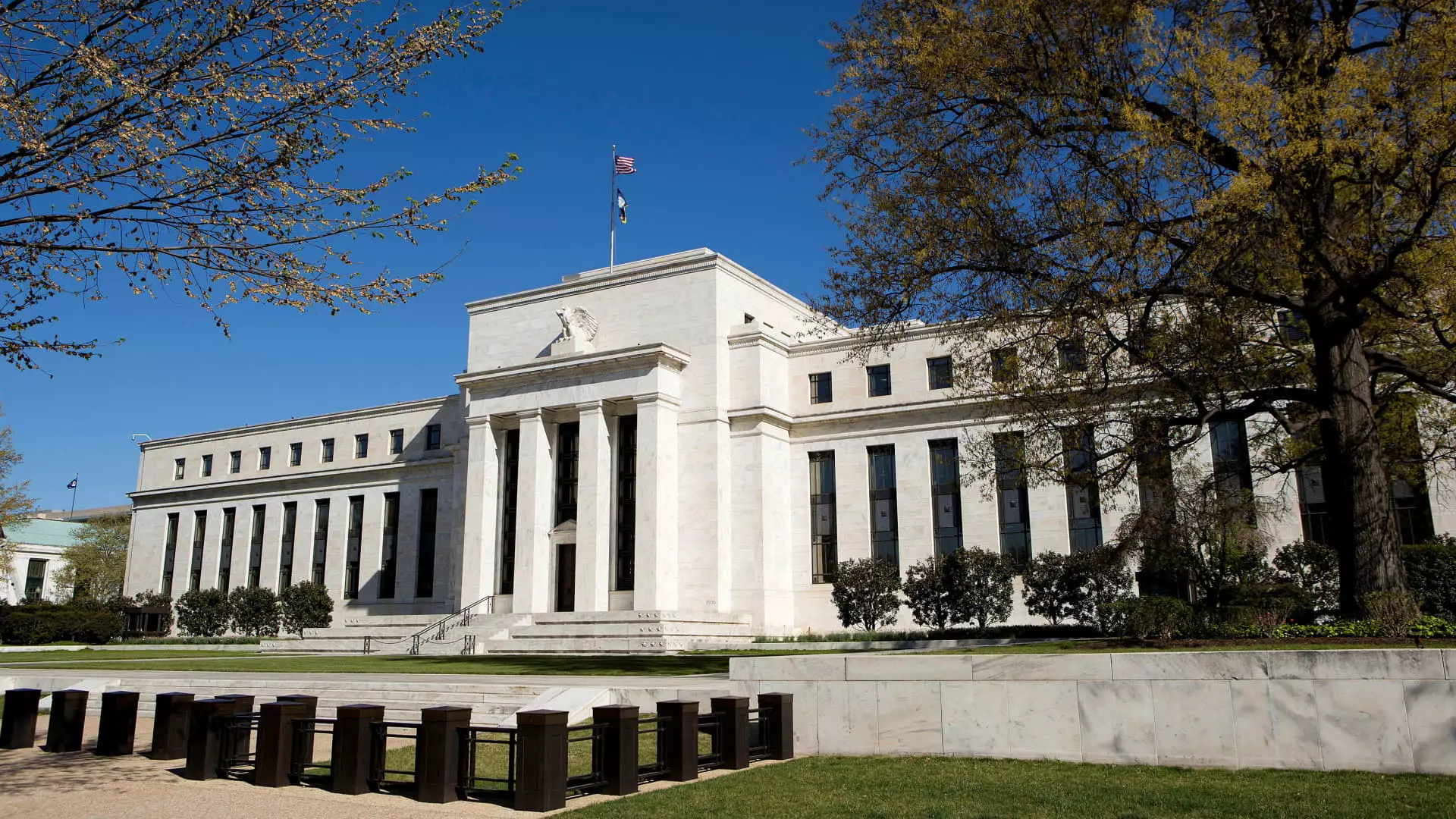The Federal Reserve’s Rate Cut: Impacts and Implications in a Post-Election Economy

In the wake of President-elect Donald Trump’s victory in the 2024 election, the Federal Reserve made a significant decision by announcing a reduction of its benchmark interest rate by 25 basis points. This move reflects both the immediate economic context and broader economic trends marked by high inflation and persistent consumer concerns. As inflationary pressures have begun to ease, the Fed’s decision to lower rates aims to stabilize the economy and provide relief to households grappling with increased borrowing costs. The urgency of this action illustrates a critical juncture in American economic policy and its possible effects on everyday financial lives.
Leading up to the election, economic anxiety had heightened among American citizens. Inflation rates had surged to levels that put a strain on household budgets, contributing to a palpable sense of uncertainty. The latest data revealed a modest drop in the personal consumption expenditures price index, the Federal Reserve’s preferred measure of inflation, which settled at 2.1% year-over-year. This data provided the groundwork for the Fed’s latest rate cut, marking it as the second cut within a short time frame following a half-point reduction in September.
Critically, while the rate changes are significant, they come as a response to prolonged economic challenges, highlighting the dimensions of monetary policy that often shape public perception. According to financial analysts, the current rate of borrowing reflects a gradual easing rather than a sweeping overhaul, akin to descending from a high floor of a skyscraper, yet remaining far from stable ground.
The implications of the Fed’s interest rate move extend primarily into the world of consumer debt. With the majority of credit cards operating on variable rates, consumers are hopeful that this cut will alleviate some pressure. The average credit card interest rates, which skyrocketed to over 20% following the Fed’s tightening measures over the past year, have begun to show slight declines. However, financial experts caution that the pace of these changes will be gradual, and consumers shouldn’t expect immediate financial relief.
“In a climate where consumers are already taxed by high interest costs, it becomes imperative for individuals to seek better rates actively,” noted a credit industry expert. Suggestions for managing debt include exploring lower rates with current card issuers and taking advantage of balance transfer offers. The discourse surrounding interest rates also intersects with Trump’s campaign promises, such as capping credit card interest at 10%. Still, such proposals depend on navigating the complex legislative landscape.
Repercussions for Auto Loans and Housing Markets
The rate cut also possesses considerable implications for financing vehicles. As borrowing costs remain high amid rising vehicle prices, the Fed’s rate reductions could usher in lower auto loan rates—however, these reductions may not manifest immediately. The competition between lenders may incentivize them to offer more favorable financing conditions, making it somewhat easier for consumers to afford loans.
Conversely, the housing market presents a contrasting picture. High mortgage rates—reflecting behaviors in the Treasury yield market—have compounded the affordability crisis for prospective homebuyers. Despite Trump’s assurance of easing mortgage rates, such reductions remain contingent on economic stability and broader market forces. Analysts suggest that sustained rate cuts may offer some relief, but real change in mortgage rates is likely to unfold slowly.
While the Fed’s interest rate changes create a ripple effect throughout the financial landscape, the impact on student loans is notably muted. Federal student loans typically carry fixed rates, shielding borrowers from immediate change. With Trump’s election victory, aggressive student debt forgiveness proposals are expected to lose momentum, leaving many dependent on private loans subject to variable rates influenced by the Fed’s decisions.
Consequently, while rate cuts could provide marginal relief to those with variable-rate private loans, the overall savings per borrower may be minimal—approximately $1 to $1.25 on monthly payments for every $10,000 owed. There’s also a cautionary note regarding refinancing; choosing to refinance federal loans into private ones could mean relinquishing important borrower protections.
The Future of Savings and Investment Yields
Lastly, it is crucial to consider the implications for savings rates. Although the Fed’s actions are primarily focused on consumer borrowing costs, yields on savings products are indirectly affected. Current top-yielding accounts, which had surged due to the Fed’s previous rate hikes, could see a decrease due to rate cuts. Yet, savers will still benefit from yields that surpass inflation levels, a rare occurrence in recent economic history.
While the Fed’s recent rate cut signifies a strategic effort to stabilize the economy amidst a new political landscape, consumers and borrowers can expect gradual changes to their financial realities. The interconnectedness of borrowing costs, equity market conditions, and governmental policy continues to shape the nation’s economic trajectory. As such, remaining vigilant and proactive remains critical for individuals navigating this complex landscape.





